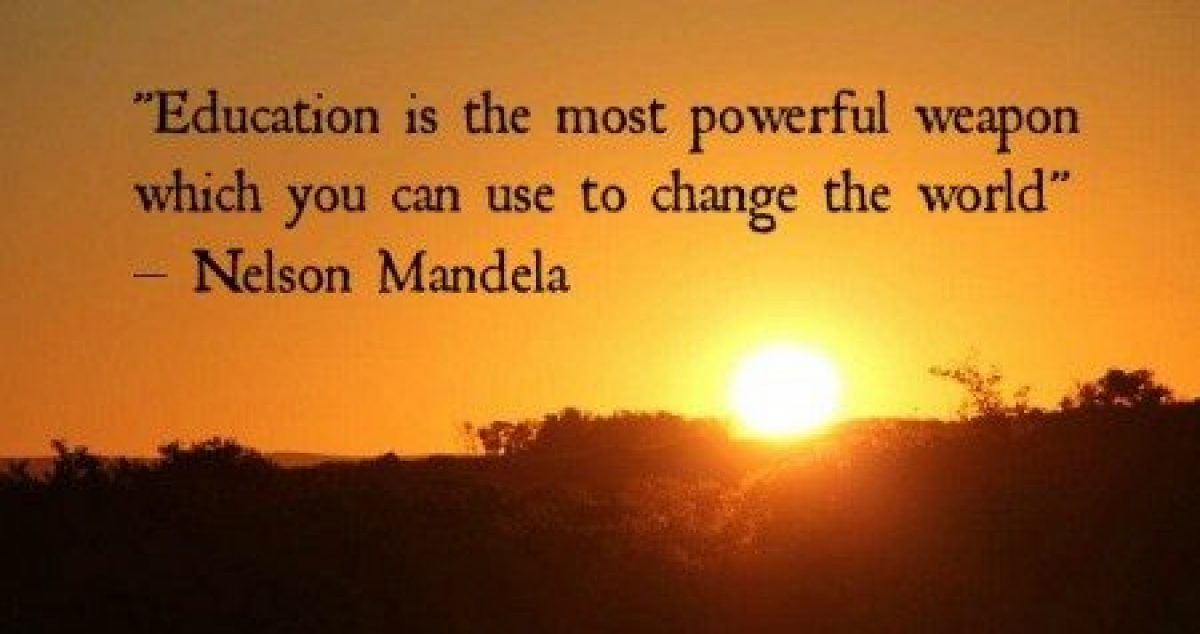This week’s input focused on learning through animation. I was able to develop my knowledge, understanding and skills in relation to animation and the various ways it can be used within the arts and within education. Animation can be described in numerous different ways, the main one being “the process of making films in which drawings or puppets appear to move” (Collins Dictionary, 2018).
I was very amazed and interested to find that some of the first discoveries of animation were traced back to the Egyptian times, where there were sequences of images used to decorate the walls of Egyptian tombs. Since then, capturing motion has been a main search and theme for artistic endeavor and with the advancement in technology it has allowed for animation to become diverse. Animation can range from motion pictures and games to medicine and scientific stimulation. As a child, some of my earliest and favorite movies were created through the form of animation, Walt Disney and Dreamworks are some of the twentieth-first century animators that created animated film cartoons such as Mickey Mouse, Shrek, Donald Duck and the Jungle Book. From my own experiences with animation, I enjoyed the fact that it gave life to the characters, it allows you to explore your own imagination and experience a different form of art.
Through my own research and discussion in class, I was interested to discover the ways in which animation can have a positive effect in education. I was able to find that animation gives pupils the opportunity to develop their literacy and visual literacy skills, build problem-solving skills, discriminate and interpret action and images, encourage critical thinking (e.g. which looks better, why does that one look better) and encourage collaboration and co-operation with their peers. As a student teacher, it is vital to appreciate how relevant and important it is to teach children about animation. I believe it should be used across the curriculum as a creative resource for pupils to explore and stimulate a wide range of themes and ideas and create their own animations.
I was fascinated to find the many ways to explore animation in art without the use of technology. During this input we discussed a form of moving image called flick books. It was interesting to discover that from the invention of flick books and other early animated toys, inspiration was found and gave the idea of moving pictures based on real life which in turn created the cinema. I found that flick books are an easy, enjoyable and exciting way to create a series of animations. When creating my own flick book, I decided to start with a simple idea of a stick man waving. For this all I needed was post-it notes and a pen. On reflection, I found that the post-it notes were difficult to flick and therefore in the future I would try to use index cards as they are thicker and therefore would be easier to flick.





From having the opportunity to develop and create my own flick book, it gave me the knowledge and inspiration in creating an activity, similar to this one, throughout my placement. As an aspiring teacher, I can appreciate the difficulty in finding the resources and time to accommodate more advanced, creative activities. However, I do believe that the expressive arts is a vital subject within the curriculum and therefore should be treated with the same respect as literacy and mathematics. For this activity, I only needed some post-it notes and a pen and it took me roughly 10 minutes to create. Therefore, lessons can be created to discuss the progression that technology has had on animation and children can sketch and make their own flick book to see where animation first began, be imaginative, have fun, be creative and work alongside their peers. Through my own research, I discovered that creating an activity with animation not only correlates with the ‘Expressive Arts’ subject within the curriculum but also ‘Technologies’. I found that there are numerous experiences and outcomes that would provide the desired learning for the pupils through an activity like this one.
This input allowed me to further develop my knowledge, understanding and skills of animation through the arts. It highlighted to me the importance of providing children with creative opportunities as they find excitement, enjoyment and wonder through their own creations. I have discovered various ways to demonstrate and teach children about the progression of animation throughout the years and provide learning experiences for them to develop their own knowledge and skills of animation in the arts. I was able to reflect on my areas of strength and areas for development in creating my own flickbook, which in turn showed me that in the future if I was creating a flickbook, with children, index cards would be the most suitable resource to use.
References:
Collins Dictionary. (2018) Definition of animation. [Online] Available: https://www.collinsdictionary.com/dictionary/english/animation [Accessed 21st January 2018]
Fractus Learning. (2017) 5 Real Benefits of Using Animation in the Classroom. [Online] Available: https://www.fractuslearning.com/2013/12/06/animation-in-the-classroom/ [Accessed 21st January 2018]
Moving Image Education. (2018) Moving Image Education. [Online] Available: https://movingimageeducation.org/ [Accessed 21st January 2018]

